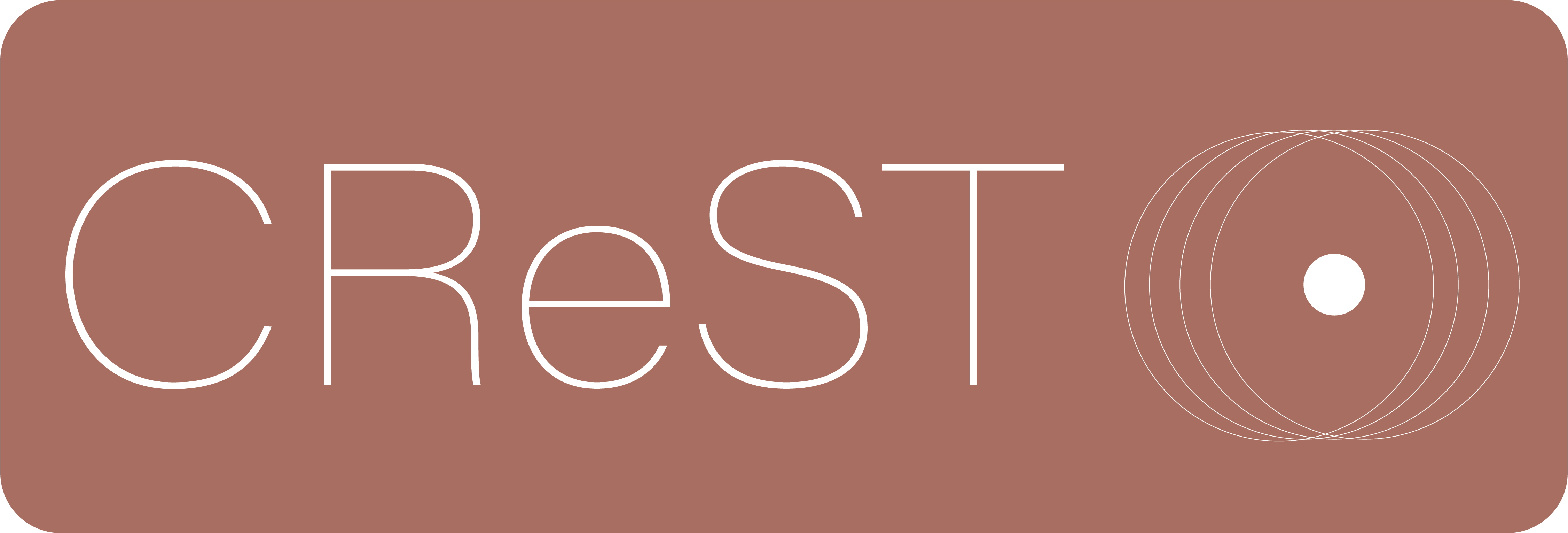Soft Matter and Colloids for the conservation of Cultural Heritage
 Works of art and artifacts that constitute our cultural heritage are subject to deterioration. Their surfaces interacting with the environment are the most prone to aging and decay; accordingly, soiling is a prime factor in the degradation of surfaces, chemical and mechanical degradation are often associated to soiling and lead to the disfigurement of a piece of art. The effects of these processes are usually strongly amplified in the presence of protective coatings (mainly acrylic and vinyl polymers), applied in previous restoration treatments. In the past years we pioneered the synthesis and the application of several advanced systems for the consolidation and the cleaning of works of art, as hydroxides nanoparticles, microemulsions and chemical/physical gels.
Works of art and artifacts that constitute our cultural heritage are subject to deterioration. Their surfaces interacting with the environment are the most prone to aging and decay; accordingly, soiling is a prime factor in the degradation of surfaces, chemical and mechanical degradation are often associated to soiling and lead to the disfigurement of a piece of art. The effects of these processes are usually strongly amplified in the presence of protective coatings (mainly acrylic and vinyl polymers), applied in previous restoration treatments. In the past years we pioneered the synthesis and the application of several advanced systems for the consolidation and the cleaning of works of art, as hydroxides nanoparticles, microemulsions and chemical/physical gels.
In this talk examples from self assembled systems for the cleaning or the removal of coatings from pictorial surfaces will be highlighted. Micellar solutions and microemulsions constitute very efficient systems for the removal of acrylic, vinyl and alkyd polymers or grime/soil. These systems (as well as neat solvents used in “traditional” conservation) can be confined into chemical and physical gels having proper nano-domains for the upload or the delivery of compounds from/to the work of art. For example, a fine control of the cleaning procedure can be obtained even for challenging cleanings as water sensitive works of art, where the cleaning can be achieved by using water confined into gels, and leaving no residues on the works of art.
 Piero Baglioni received his PhD from the University of Florence in 1977 and is a Full Professor of Physical Chemistry at the Department of Chemistry and CSGI of the University of Florence. He is the author of over 250 publications in the field of colloids and interfaces and pioneered the application of soft matter to the conservation of cultural heritage. He has produced several innovative methodologies that are applied worldwide.
Piero Baglioni received his PhD from the University of Florence in 1977 and is a Full Professor of Physical Chemistry at the Department of Chemistry and CSGI of the University of Florence. He is the author of over 250 publications in the field of colloids and interfaces and pioneered the application of soft matter to the conservation of cultural heritage. He has produced several innovative methodologies that are applied worldwide.
